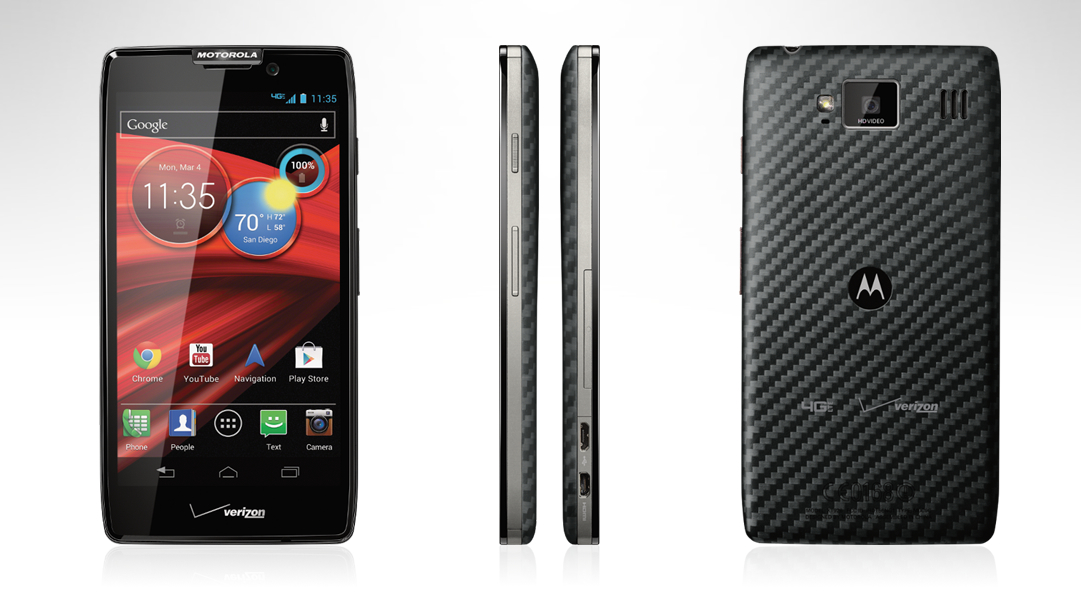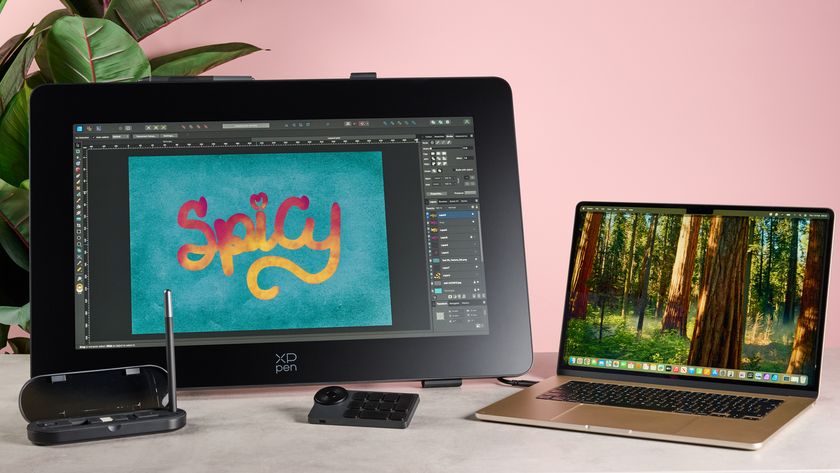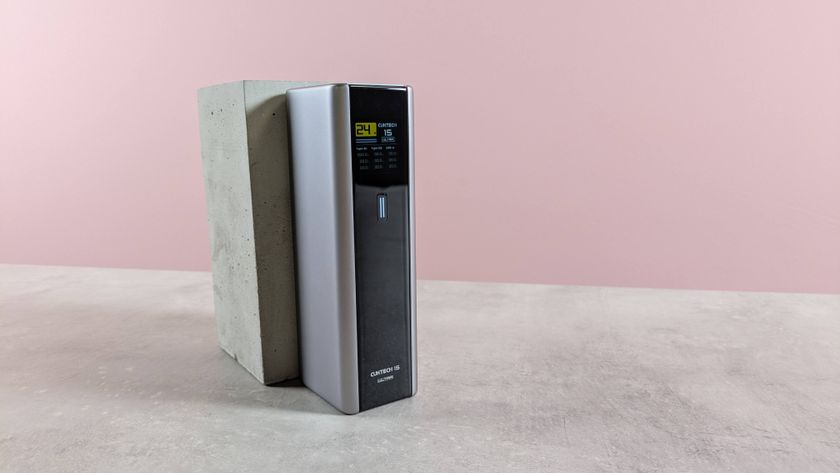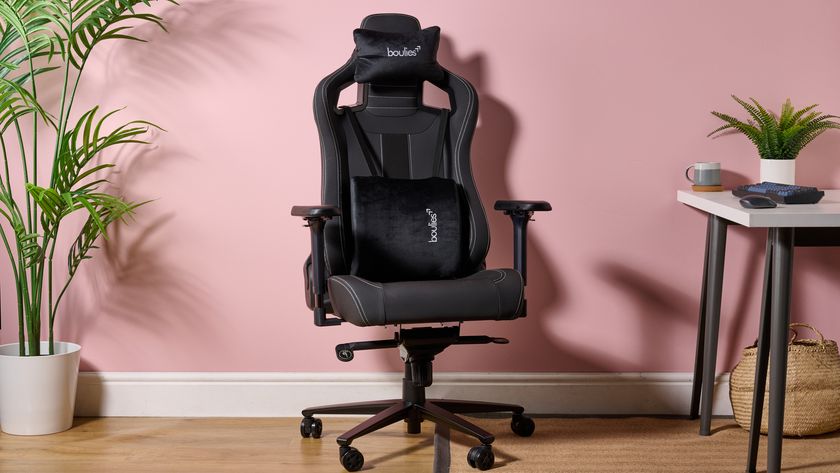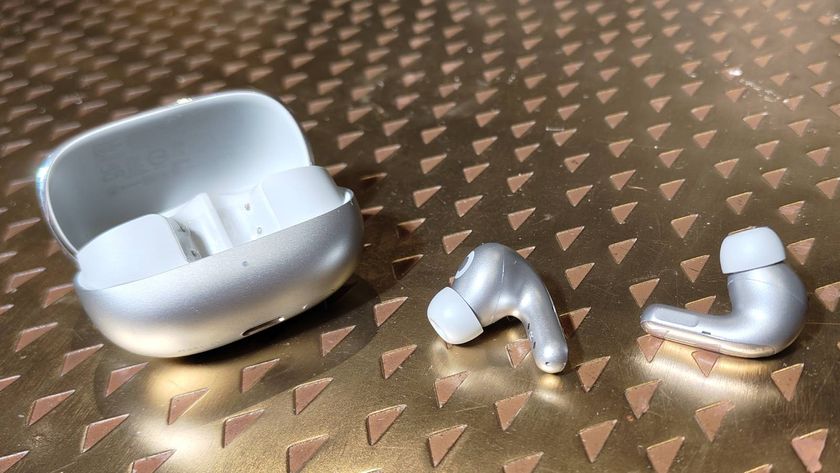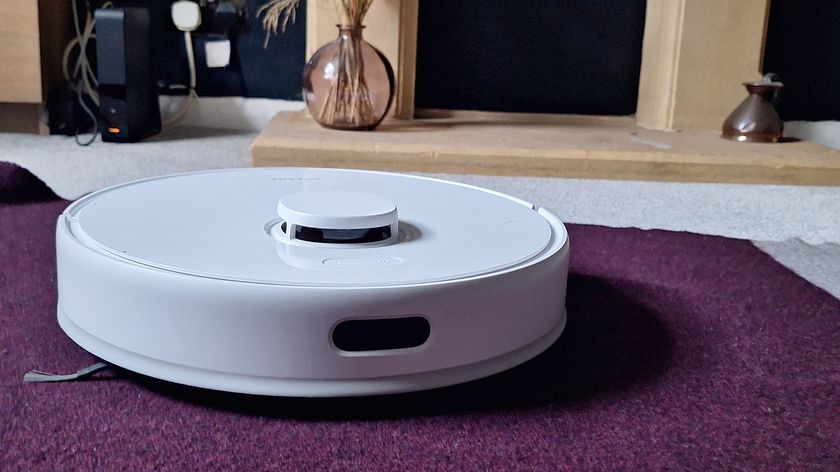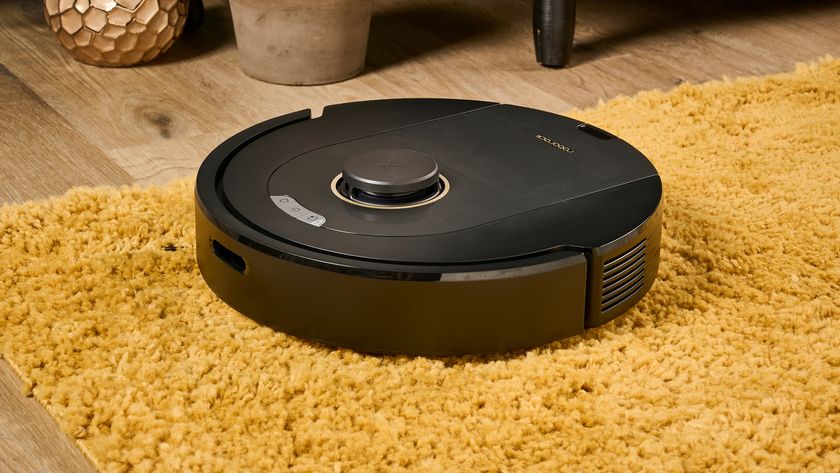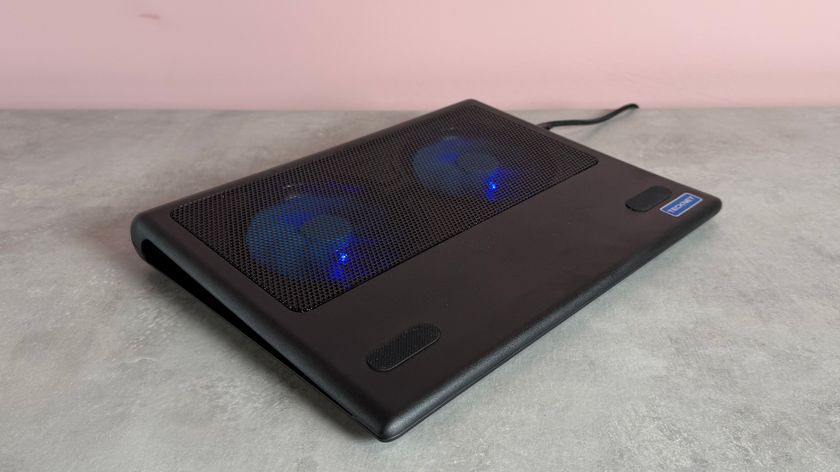Early Verdict
Pros
- +
Great battery
- +
Quality screen
- +
Spinning widgets
Cons
- -
Older version of Android
- -
Dual core processor
- -
Added depth
Why you can trust TechRadar
Those wondering the effect Google would have on buying Moto? Apparently, it's to make the phones much better.
But in true Moto form, it's offering something for everyone by increasing the girth of its Droid Razr HD to 9.3mm, while improving batter power to a much larger 3300mAh option.
Like the Razr HD, the Maxx takes all those problems and removes them to make a much slicker and well-rounded smartphone.
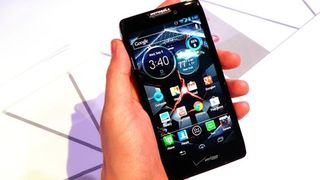
In the hand you'll instantly see a lot of similarities between this and the original Razr Maxx, with the larger build and Kevlar back taking centre stage.
But then you switch on the display, and you'll see why this is an upgrade. It's bigger, packs a 720p display, and doesn't come with more bezel than an introverted iPad.

That 4.7-inch screen has been stretched to offer so much more real estate for your eyes, and the Super AMOLED HD screen really pops the second you fire it up. We were impressed from the outset, and it managed to get better.
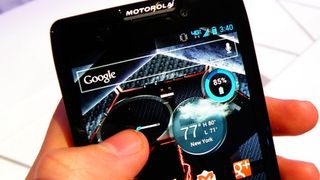
In the hand, it's certainly not a smaller phone – it's something that you'll trade off for the larger media and web experience, and in doing so will have to get used to jiggling it about in the palm to accurately hit all the buttons.

The extra weight and size to fit in the battery are only really apparent when using it side by side with the likes of the Droid Razr HD – we made a point of heading straight for the Razr Maxx HD before the non-fat version so we weren't tainted.
While it's a darn sight heavier than something like the iPhone 5 (157g to the iPhone's 112g) it's an appealing weight, giving a strong, premium feel in the hand. It does add heft in the pocket, but it's mass that makes you remember your battery isn't going to die in a heartbeat.
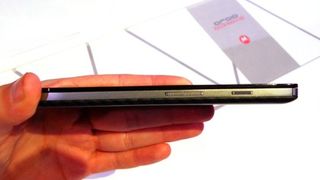
On top of that, the metallic casing and keys really feel nice, and there's some great travel on the power key to make unlocking the device really easy.
For the media lovers out there Motorola has offered up a dedicated HDMI port – although we're not sure why it didn't just co-opt the microUSB port as a MHL socket, as it adds another hole on the phone – especially when it's going to need to be charged a little less often and could probably pump out an HD movie without a fuss.
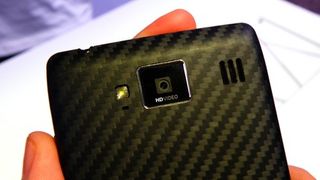
Speaking of which, you'll need to use the dedicated tool to get into the microSIM slot, which will annoy those that love to keep moving between phones, but does facilitate the 9.3mm thickness of the Droid Razr HD.
We're sure some people will be annoyed at the fact the Razr HD doesn't come with a quad core processor, but – like ARM recently pointed out – there's not always a case for that upgraded power (although we are fans).
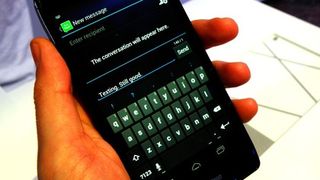
And in our early tests, the speed of the phone wasn't compromised by the 1.5GHz Snapdragon S4 processor (which is proving massively popular at the moment, as it was also recently used on the Nokia Lumia 920) with the handset flipping between apps without fault.
Speaking of flipping, we're big fans of the widgets Moto has placed on its phone – the clock and weather one, which allows you to swipe up and down to see more info is a real 'fiddler' that will no doubt suck your battery as you mess around with it for hours on end.
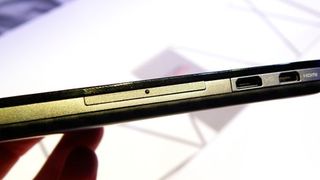
The battery on the Motorola Droid Razr Maxx HD should be able to handle that meaningless task for ages though, with the aforementioned 3300mAh power pack keeping things sweet for a while yet.
Early verdict
Overall, we see no reason to fault the Motorola Droid Razr Maxx HD at all. It's got nearly all the top specs: NFC, HD screen, massive batter and a solid design encased in Kevlar.
It's still only running Android 4.0.4, rather than the latest version of Jelly Bean, and we can see this being a phone that's visibly improved by the likes of Project Butter.
Would we like to have seen a quad core processor in there. In a word, yes. The Razr Maxx HD doesn't have the grunt of the other powerhouses out there (like the Galaxy S3), and doesn't offer the same chipset smooth integration that you get with the iPhone or Windows Phone devices that mitigates the need for the superior number of cores.
But don't let that distract you: while it could be that the Motorola Droid Razr Maxx HD might not be as future-proofed as others, but if you love top-end media playback, a solid battery life and a decent screen we see no reason now not to get at least intrigued by Moto's longest-lasting smartphone.

Gareth has been part of the consumer technology world in a career spanning three decades. He started life as a staff writer on the fledgling TechRadar, and has grew with the site (primarily as phones, tablets and wearables editor) until becoming Global Editor in Chief in 2018. Gareth has written over 4,000 articles for TechRadar, has contributed expert insight to a number of other publications, chaired panels on zeitgeist technologies, presented at the Gadget Show Live as well as representing the brand on TV and radio for multiple channels including Sky, BBC, ITV and Al-Jazeera. Passionate about fitness, he can bore anyone rigid about stress management, sleep tracking, heart rate variance as well as bemoaning something about the latest iPhone, Galaxy or OLED TV.
What is a hands on review?
Hands on reviews' are a journalist's first impressions of a piece of kit based on spending some time with it. It may be just a few moments, or a few hours. The important thing is we have been able to play with it ourselves and can give you some sense of what it's like to use, even if it's only an embryonic view. For more information, see TechRadar's Reviews Guarantee.
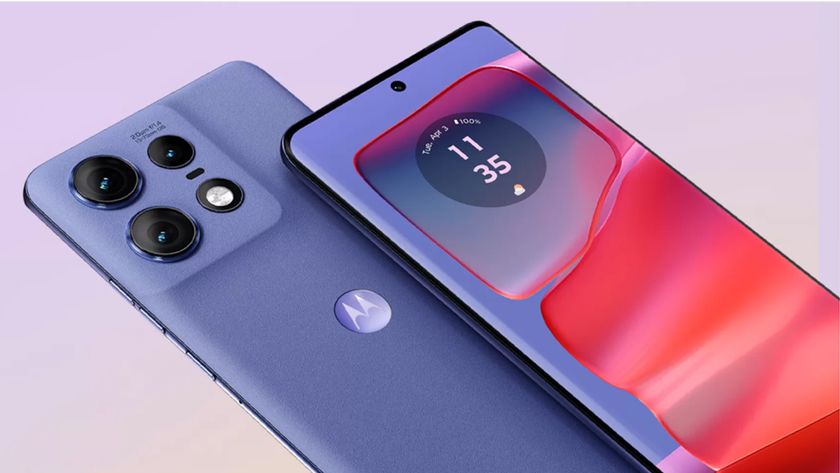
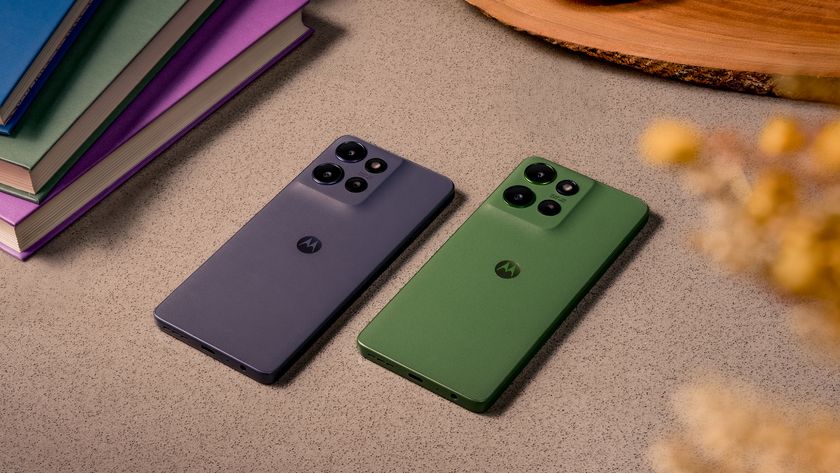
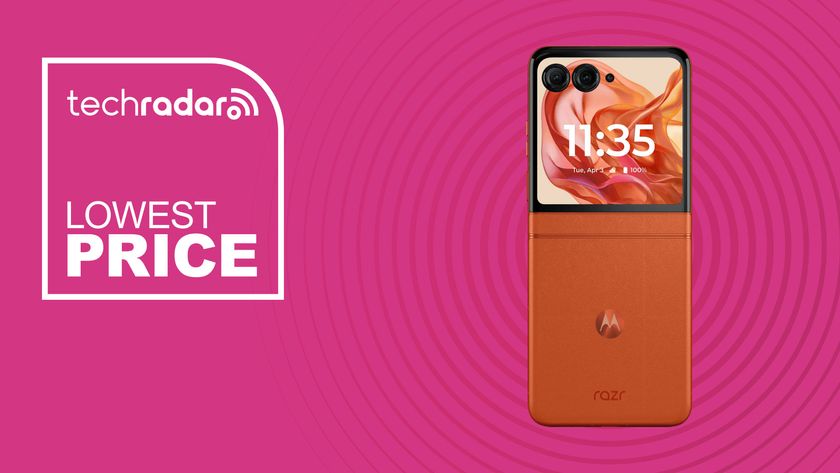
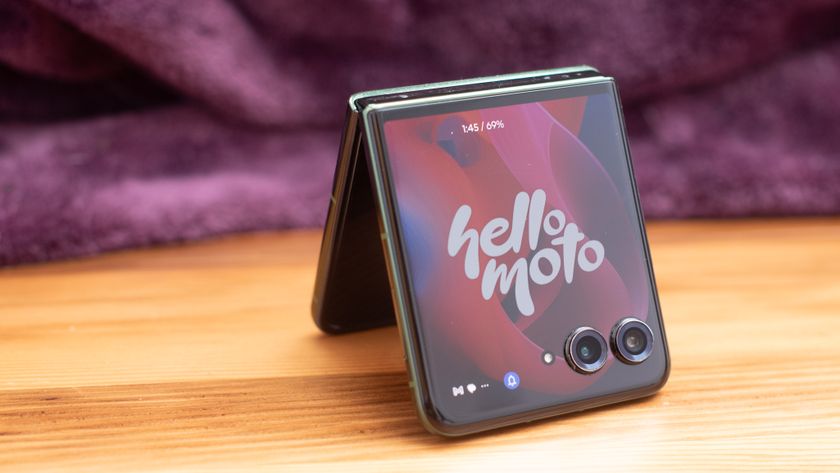
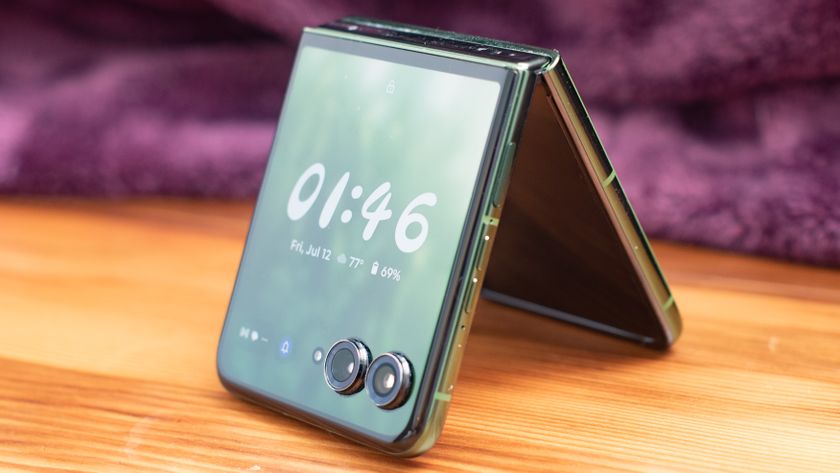


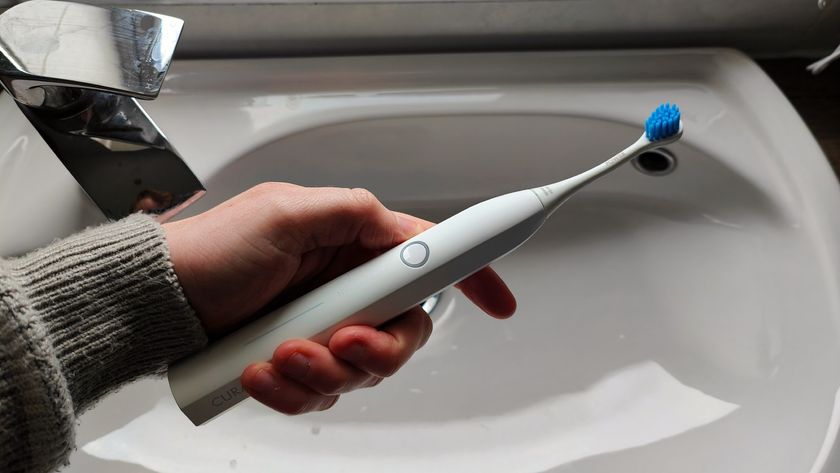


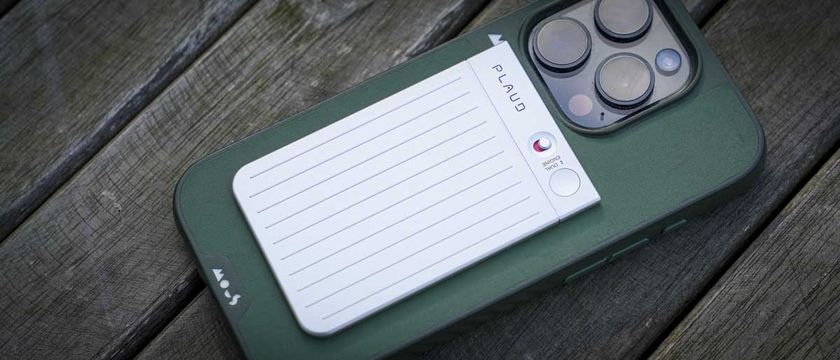


Generative AI has a long way to go as siloed data and abuse of its capacity remain a downside – but it does change the game for security teams

Diamond set to become mainstream coolant for AI GPU servers as world’s best thermal conductor promises 25% better overclocking, and 'double performance per watt'

Disappointed by The Electric State? Here's 4 reasons you should watch Tales From the Loop on Prime Video
